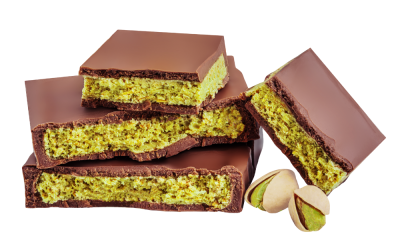This is part two in a two-part series. You can read part one here.
In part one of our blog series on doing all you can to promote your small business online, we explored popular social media sites Pinterest and LinkedIn and discussed the best way to get attention with a website. In this blog, we’ll go further down the rabbit hole and explore even more important online marketing outlets.
Liking Social Media
If you ask any random person on the street the best way to sell anything online today, they’ll probably shout “Facebook!” at the top of their lungs. Although it can be an excellent sales platform for products or awareness-building tool for brand marketing, having a Facebook account isn’t all there is to success on the social network.
According to statistics firm Statista, Facebook has 1.55 billion active users who have logged in during the last month, as of the third quarter of 2015. That means that if you reached only a tenth of a percent of those users, 15.5 million people would still see your message — that’s a lot of order fulfillment potential!
The potential for both organic and paid marketing here is immense, but you’ll have to really figure out who your market is to get the best results. Facebook is the world’s most complete user behavior database disguised with videos of cats, you can literally target your next door neighbor if you whittled your demographic down tightly enough.
Tweeting Along With Twitter
Another social media network you’ll probably recognize is Twitter. This social media network is a conundrum for many and a place where companies can thrive one moment and die the next. Generally speaking, marketing through Twitter should be focused on raising brand awareness by connecting to your customers, providing customer solutions and showing how your company interfaces with the public.
Twitter hasn’t invested the kind of money that Facebook has into turning itself into a multimedia marketing platform and thus a lot of marketing messages get lost in the noise. Still, if you’re a niche business or have a lot of regulars asking about Twitter, it might be worth investigating.
Direct Email Isn’t Spam
According to UPS’s 2015 “Pulse of the Online Shopper,” the three most likely vehicles to promote online shopping are: emails offering free shipping (54 percent effective), emails offering a discount (53 percent effective) and emails reminding customers about an abandoned cart that offer a further incentive (34 percent effective). There’s one thing these three vehicles have in common. That’s right — email.
Just because you get something in your email from a business doesn’t make it spam. In fact, many of your current customers are eager to hear from you and share your emails with their friends. If you have a physical location, now’s the time to start collecting email addresses for your first promotion; if you’re online only, it’s time to put your customer database to good use. Give new customers a coupon for signing up to your email list, then remind them regularly about what they’re missing.
Every day the Internet births new and exciting ways to promote your small business, so it’s important to keep up or hire an expert who can. Either way, moving into new platforms online will make it easier for customers to find you and to show their friends how much they enjoy shopping at your store, online or off.









